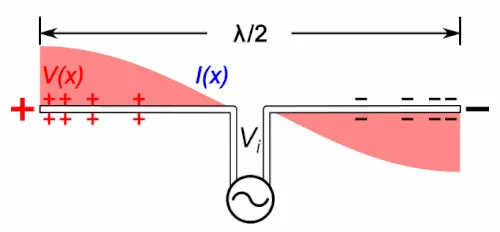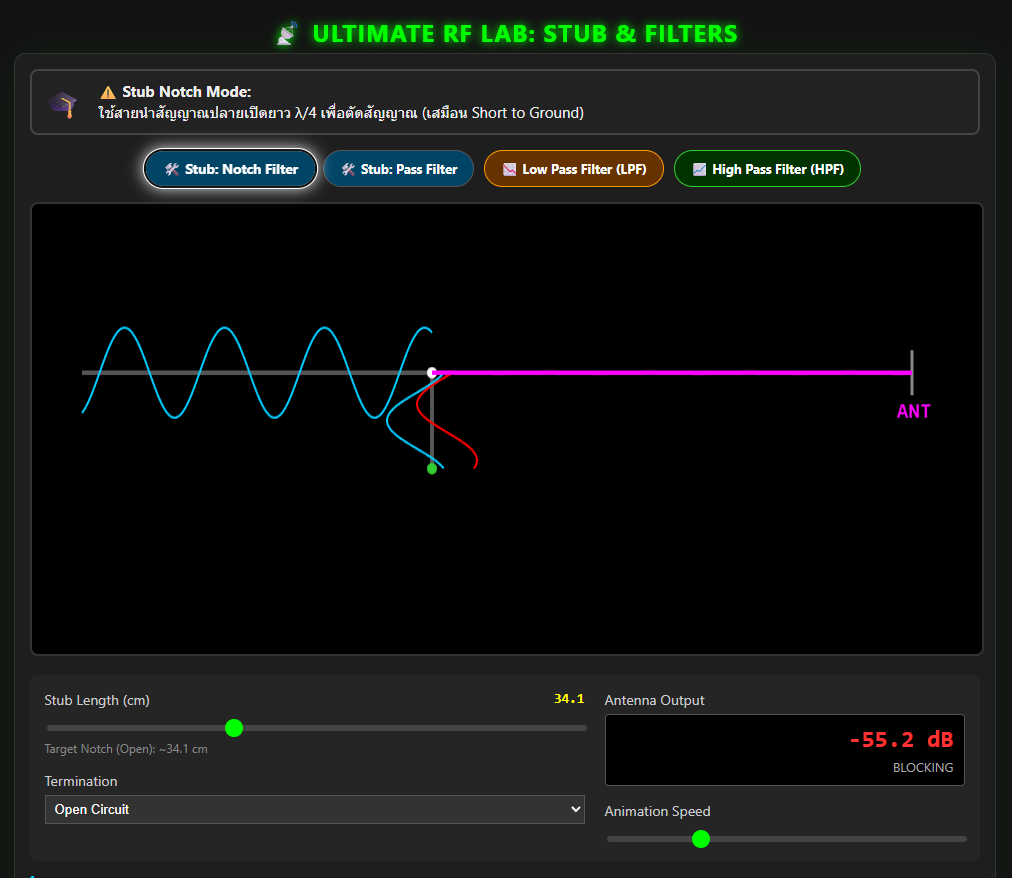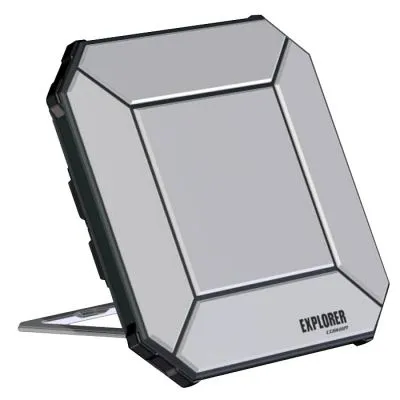amateur radio
antenna
antenna design
dipole antenna
ham radio
amateur radio, antenna analyzer, antenna building, antenna construction, antenna design, antenna farm, antenna gain, antenna maintenance, antenna modeling, antenna performance, antenna theory, antenna tuning, antenna wire, apartment antenna, ARES, AWG wire gauge, bandwidth, coaxial cable, contest station, copper clad steel, copper wire, corrosion protection, dipole antenna, DIY antenna, DX antenna, electrical conductivity, electrical wire, electromagnetic radiation, electronics DIY, electronics engineering, emergency communications, feedline, field day, field strength, ham radio, HF antenna, HOA friendly antenna, homebrew antenna, impedance matching, inverted V, ionosphere, low power, maker projects, mechanical strength, multi band antenna, portable antenna, propagation, QRP antenna, RACES, radiation pattern, Radio communication, radio electronics, radio frequency, radio hobby, radio waves, resonance, RF circuits, RF components, RF connectors, RF engineering, skin effect, stealth antenna, swr, technical writing, tower antenna, transmission line, UHF antenna, VHF antenna, weak signal, weather resistance, wire antenna, wire dipole, wire resistance, wire selection
9M2PJU
0 Comments
Guide to Wire Types and Sizes for Dipole Antennas
Building an effective dipole antenna starts with one fundamental decision: choosing the right wire. The type and size of wire you select will directly impact your antenna’s performance, durability, and ease of construction. This comprehensive guide will walk you through everything you need to know about selecting the optimal wire for your dipole antenna project.
Understanding Wire Fundamentals for Antennas
Before diving into specific wire types, it’s crucial to understand how wire characteristics affect antenna performance. The primary factors that influence your choice include electrical conductivity, mechanical strength, weather resistance, and cost. Each of these elements plays a role in determining how well your antenna will perform and how long it will last.
The electrical properties of your wire directly affect signal transmission efficiency. Better conductivity means lower losses and improved performance, especially important for weak signal work or when every decibel matters. Meanwhile, mechanical properties determine whether your antenna can withstand wind, ice loading, and thermal expansion cycles without breaking or stretching excessively.
Wire Gauge Considerations
Wire gauge, measured using the American Wire Gauge (AWG) system, represents the wire’s diameter and current-carrying capacity. For dipole antennas, the relationship between wire diameter and performance involves several key factors.
Electrical Performance vs. Wire Diameter
Thicker wires generally provide better electrical performance due to lower resistance and reduced skin effect losses at higher frequencies. The skin effect causes RF current to flow primarily on the wire’s surface, making diameter more important than cross-sectional area for RF applications. A thicker wire also provides broader bandwidth characteristics, which can be advantageous for multi-band operation.
Common Wire Gauges for Different Applications
For HF dipoles (3-30 MHz), wire gauges between 12 AWG and 18 AWG represent the sweet spot for most applications. Here’s how different gauges perform:
10 AWG (2.59mm diameter) offers excellent electrical performance and maximum durability. This heavy-duty option works well for permanent installations where mechanical strength is paramount. However, it’s more expensive and can be challenging to work with due to its stiffness.
12 AWG (2.05mm diameter) provides an excellent balance of performance and practicality. This gauge offers good electrical characteristics while remaining manageable for most builders. It’s strong enough for permanent installations but flexible enough for portable use.
14 AWG (1.63mm diameter) represents the most popular choice for amateur radio dipoles. It offers good performance with reasonable cost and excellent workability. This gauge handles moderate wind loading well while being easy to solder and manipulate.
16 AWG (1.29mm diameter) works well for portable antennas and temporary installations. While not as robust as heavier gauges, it’s lightweight and easy to transport. Performance remains good for most amateur applications.
18 AWG (1.02mm diameter) serves well for QRP (low power) applications and situations where weight is critical. It’s the practical minimum for most HF dipoles, though mechanical strength becomes a limiting factor in permanent installations.
Primary Wire Types for Dipole Construction
Copper Wire – The Gold Standard
Copper remains the preferred conductor material for most amateur antenna applications due to its excellent conductivity and reasonable cost. Pure copper provides superior electrical performance, but it requires protection from the elements to prevent corrosion and maintain long-term reliability.
Solid vs. Stranded Copper
Solid copper wire offers the best electrical performance for DC and low-frequency applications, but stranded wire provides better flexibility and resistance to fatigue failure. For antenna applications, stranded wire often proves more practical, especially for portable or temporary installations where the antenna will be repeatedly erected and taken down.
Copper-Clad Steel Wire
Copper-clad steel (CCS) wire combines the conductivity of copper with the strength of steel. The steel core provides excellent mechanical properties, while the copper cladding ensures good electrical performance. This combination makes CCS wire particularly attractive for long-span antennas where mechanical strength is crucial.
The thickness of the copper cladding varies between manufacturers, with thicker cladding providing better electrical performance but at higher cost. For most amateur applications, standard copper-clad steel wire provides an excellent compromise between performance and practicality.
Hard-Drawn Copper Wire
Hard-drawn copper offers increased tensile strength compared to soft copper while maintaining excellent electrical properties. This wire type works well for antennas that must support their own weight over long spans or resist stretching under varying weather conditions.
Aluminum Wire Considerations
Aluminum wire costs less than copper and offers excellent conductivity per unit weight. However, aluminum presents several challenges for antenna construction. It’s more difficult to solder, more susceptible to corrosion at connection points, and less mechanically robust than copper alternatives.
When using aluminum wire, special attention must be paid to connection techniques and weatherproofing. Proper connections require specialized connectors or welding techniques, making aluminum more suitable for commercial installations than amateur projects.
Specialty Wire Options
Copperweld Wire
Copperweld represents a premium copper-clad steel option with precisely controlled copper thickness and excellent mechanical properties. While more expensive than standard copper-clad steel, Copperweld offers superior performance and longevity for demanding applications.
Military Surplus Wire
Military surplus communication wire often provides excellent value for antenna builders. Field telephone wire, in particular, offers good electrical properties with robust insulation designed for harsh environments. However, specifications can vary, and availability is unpredictable.
Insulated vs. Bare Wire
The choice between insulated and bare wire depends on your specific application and installation environment. Bare wire offers slightly better electrical performance and easier connections, but insulated wire provides protection against shorts and corrosion.
Frequency-Specific Recommendations
HF Bands (3-30 MHz)
For HF dipoles, 12-14 AWG copper or copper-clad steel wire provides optimal performance for most applications. The larger diameter ensures good bandwidth characteristics and low losses across the HF spectrum. Solid wire works well for permanent installations, while stranded wire offers advantages for portable operations.
VHF/UHF Applications (30-1000 MHz)
Higher frequency antennas can use smaller wire gauges due to the skin effect, but mechanical considerations often dictate larger sizes. 14-16 AWG wire remains popular for VHF/UHF dipoles, with the exact choice depending on environmental factors and installation requirements.
Multi-Band Considerations
Multi-band dipoles benefit from larger wire gauges that provide broader bandwidth characteristics. 12 AWG wire offers excellent performance across multiple bands, while smaller gauges may require more careful tuning and matching.
Environmental Factors and Wire Selection
Weather Resistance
Outdoor antennas must withstand temperature extremes, UV radiation, precipitation, and wind loading. Copper-clad steel wire offers excellent weather resistance, while pure copper requires careful attention to connection weatherproofing.
Ice Loading
In areas prone to ice storms, wire selection becomes critical for antenna survival. Heavier gauge wire better resists the mechanical stress of ice accumulation, while the increased surface area of larger conductors may actually increase ice loading.
UV and Corrosion Protection
Insulated wire provides some protection against UV degradation and corrosion, but connections remain vulnerable points. Regular inspection and maintenance become essential for long-term reliability regardless of wire choice.
Cost-Performance Analysis
Budget-Conscious Options
For builders on tight budgets, 14 AWG stranded copper wire from electrical supply houses offers excellent performance at reasonable cost. While not optimal for every application, this wire provides good results for most amateur installations.
Premium Performance Options
Serious contesters and DXers may justify the cost of larger gauge Copperweld or hard-drawn copper wire. The improved performance and reliability can make the difference in critical applications.
Long-Term Value Considerations
Higher initial investment in quality wire often pays dividends through reduced maintenance and improved longevity. The cost difference between adequate and excellent wire is usually small compared to the time and effort required for antenna maintenance or replacement.
Practical Construction Tips
Working with Different Wire Types
Each wire type presents unique handling characteristics. Solid wire maintains its shape well but can work-harden and break if repeatedly bent. Stranded wire offers flexibility but requires careful preparation for soldered connections.
Connection Techniques
Proper connections are crucial regardless of wire choice. Mechanical connections should be clean and tight, while soldered joints require appropriate flux and technique for each wire type. Copper-clad steel wire requires special attention to ensure the solder bonds properly with the copper cladding.
Support and Tensioning
Wire selection affects support requirements and tensioning procedures. Heavier wire needs stronger support points but can span longer distances. Proper tensioning prevents excessive stretching while avoiding overstressing the wire or support structures.
Troubleshooting Common Wire Issues
Corrosion Problems
Corrosion typically appears first at connection points and areas where the wire’s protective coating is damaged. Regular inspection and proper weatherproofing prevent most corrosion issues.
Mechanical Failures
Wire failures usually result from fatigue at stress concentration points or inadequate initial strength for the application. Proper support design and appropriate wire selection prevent most mechanical problems.
Electrical Performance Issues
Poor electrical performance often traces to corroded connections rather than wire problems. However, using wire that’s too small for the application can result in noticeable losses, especially on higher frequency bands.
Making Your Final Wire Selection
Choosing the optimal wire for your dipole antenna requires balancing electrical performance, mechanical requirements, environmental factors, and budget constraints. For most amateur applications, 12-14 AWG copper or copper-clad steel wire provides excellent results with good long-term reliability.
Consider your specific needs carefully. Portable operations benefit from lighter, more flexible wire, while permanent installations justify heavier, more robust options. Environmental conditions in your area may dictate special requirements for corrosion resistance or mechanical strength.
Remember that while wire selection is important, proper installation and maintenance often matter more than minor differences in wire specifications. A well-installed antenna using adequate wire will always outperform a poorly installed antenna using premium materials.
The investment in quality wire is usually modest compared to the time and effort required for a complete antenna installation. Choose wisely, and your dipole antenna will provide years of reliable service and excellent performance.







Post Comment